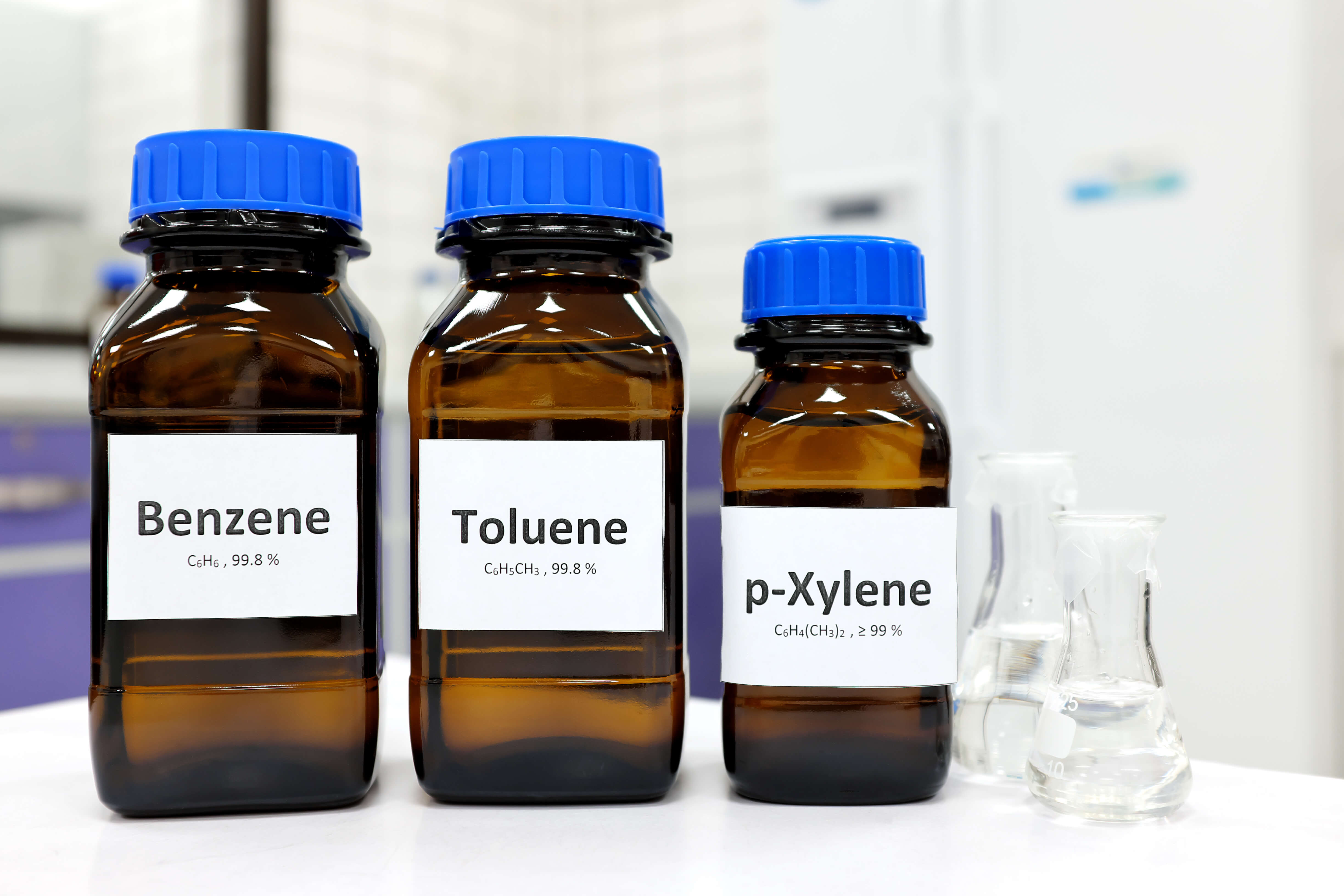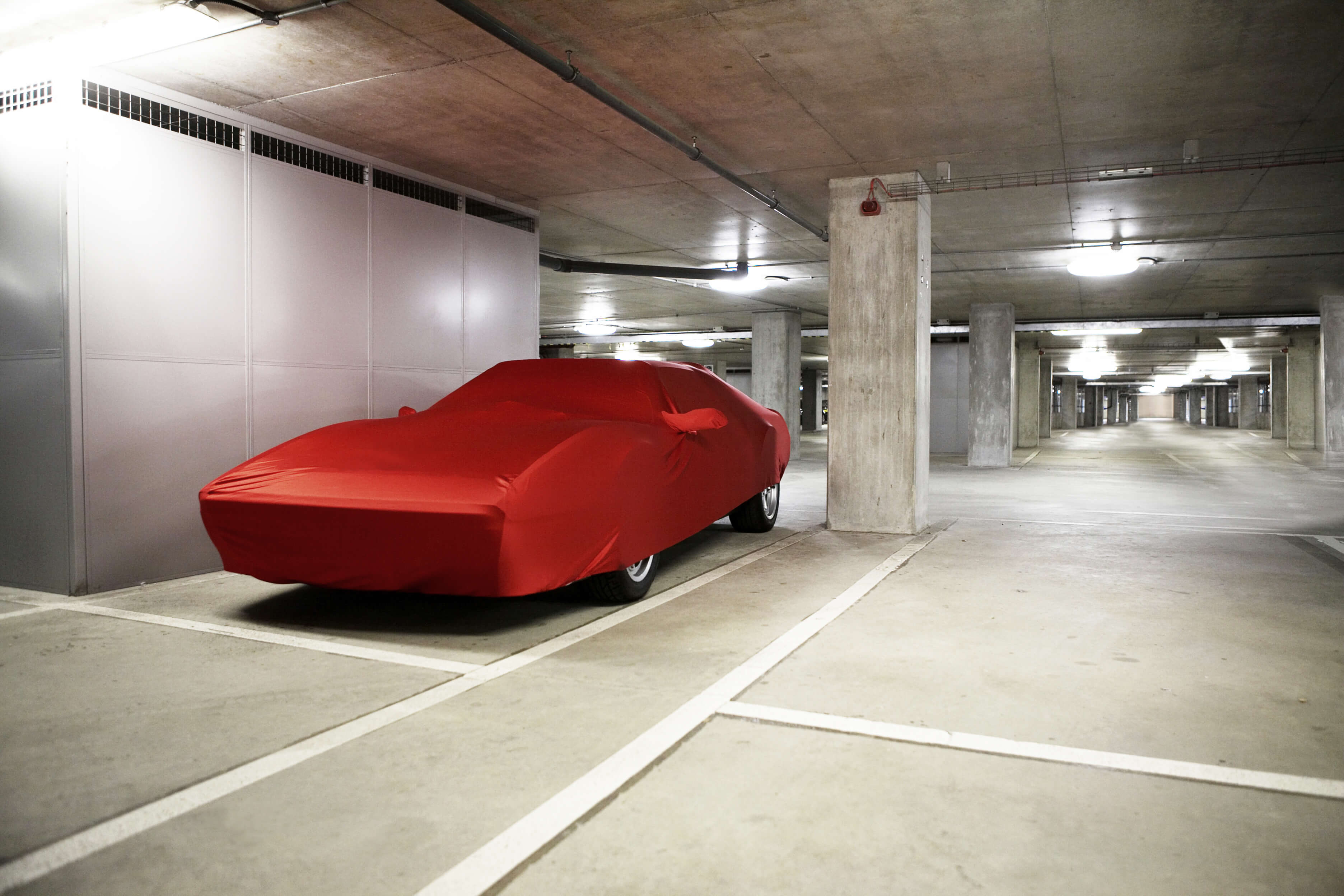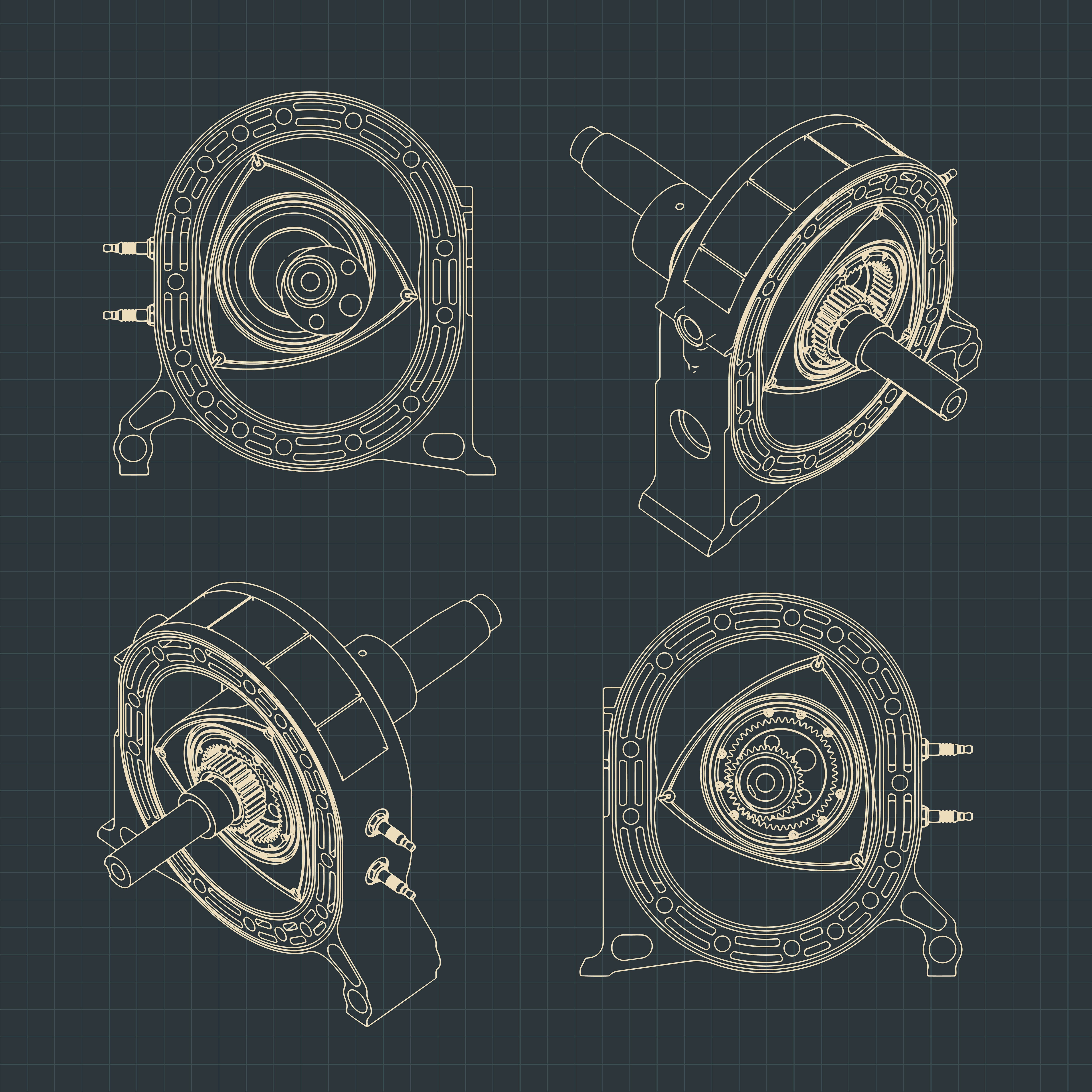Performance Fuels

Fuels for a Post-Apocalyptic World
- Category:
- Fuel Facts
by Grassroots Motorsports
Posted on 12/31/2024

It’s the end of the world as we know it. No birthday party. No cheesecake. No jellybean. The big question: How on earth are you going to power your post-apocalyptic death machine?
Gasoline: As the past hundred years have shown, gasoline makes a fine fuel for cars. “Gasoline’s energy density is pretty high,” notes Zachary J. Santner, senior specialist of quality at Sunoco. In very simple terms, this means that gasoline provides a lot of energy relative to its mass. It’s why a tank of gas will take the average car a few hundred miles.
But gasoline might not be perfect for wandering the Wasteland. Under ideal conditions, its shelf life is somewhat limited–one to two years, max, for peak performance. Gasoline is also rather tricky to refine, especially with limited resources, Santner continues, noting that the same is true for kerosene and Jet A-1 fuel.
Diesel: “It is currently blended with more biomass than gasoline,” Santner notes. Diesel substitutes can also be relatively easily brewed from biomatter. This could be a strong contender.
Ethanol: It can be sourced from many kinds of fermentation, but home-distilling alcohol past 95% isn’t easy. “You could surely burn a 95% ethanol/5% water mixture,” Santner says, “but water does cause issues with corrosion and fuel systems.”
Propane, Methane and Other Liquified Petroleums: The short answer, Santner says, is that these all have less energy density than gasoline. A possible refueling source, however, could involve capturing methane released from decomposing organic matter, including that found in landfills. (For a related idea, revisit Bartertown from the third “Mad Max” film.)
Pyrolysis: Heating certain materials in the absence of oxygen–plastics or organics like coal–releases flammable gases that can then be burned for fuel. The Lane Motor Museum’s collection includes a 1938 Citroën converted to run on methane gas derived from heated coal. It can travel about 30 miles on a load of coal.
Electricity: Another option, assuming you can power your generator and also schlep around batteries.




